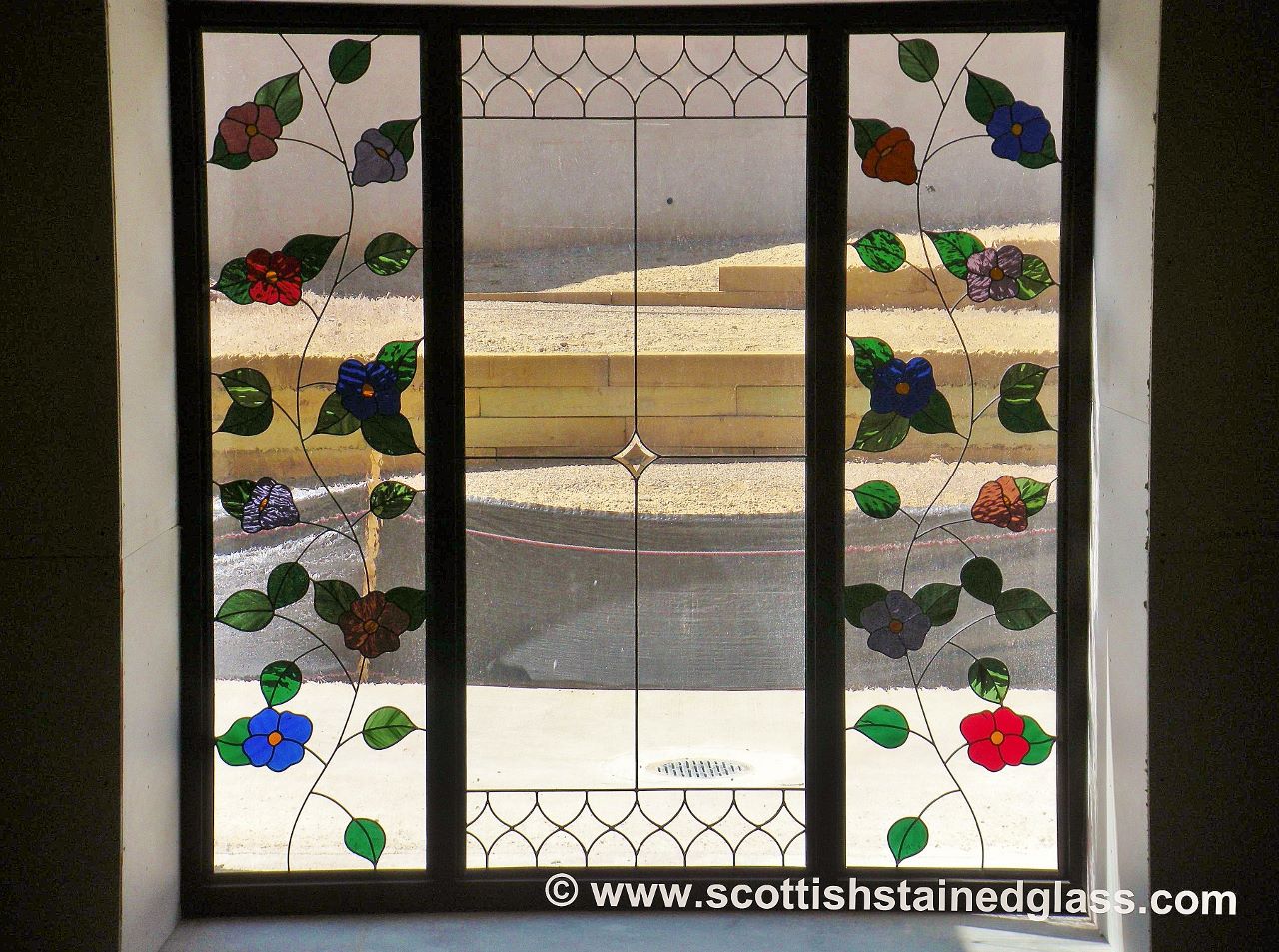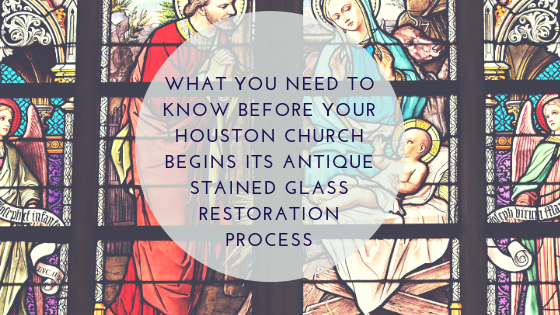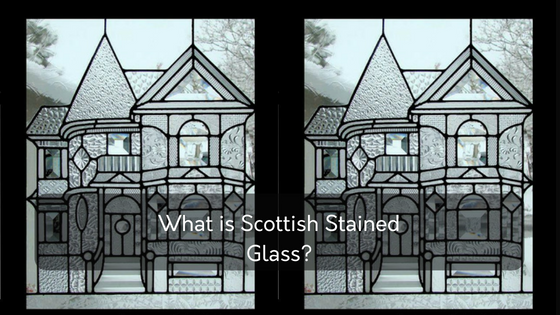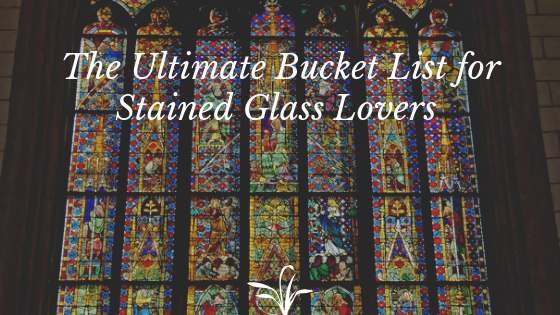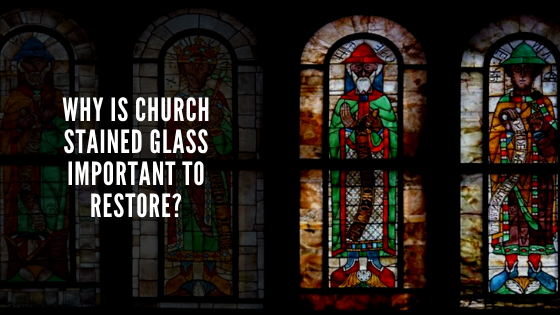Preserving Houston’s Heritage: The Urgent Restoration of Chapel Stained Glass
Reviving the Elegance of Chapel Stained Glass in Houston
In Houston, a city steeped in rich heritage and sprawling urban architecture, the captivating beauty of chapel stained glass is declining. Many local chapels, traditionally adorned with vibrant stained glass windows depicting religious and historical narratives, are facing challenges in maintaining their aesthetic allure and structural integrity. As these antique stained glass windows age, their vibrant colors and intricate designs fade, losing their luminous impact and storytelling power.
This decline not only impacts the visual grandeur of Houston’s chapels but also affects the cultural and spiritual ambiance that these art pieces contribute to sacred spaces. The fading of stained glass is an issue that could gradually erode the historical linkage and aesthetic continuity which have been a part of Houston’s ecclesiastical heritage for decades. Additionally, without restoration or revitalization, new generations may never experience the full impact of this once-thriving art form, which has the power to inspire and uplift through its interplay of light and color.
As we explore the significance of chapel stained glass in Houston, it becomes crucial to not only appreciate its historical and artistic value but also to acknowledge the urgent need for revitalization strategies. Introducing dynamic lighting systems that complement and enhance the natural beauty of the stained glass can restore these masterpieces to their former glory, maintaining an important part of Houston’s cultural heritage while adapting to contemporary aesthetic demands.
Revitalizing Stained Glass in Houston Chapels
Houston is home to numerous historic chapels, each boasting unique architectural details, notably their vibrant stained glass windows. These timeless artifacts not only enhance the aesthetic appeal but also hold significant cultural and spiritual value. Unfortunately, a conspicuous issue is emerging: the deterioration of these antique stained glass pieces. Coupled with inadequate lighting systems, the true essence and visual impact of the stained glass are often left in the shadows.
This combination not only undermines the visual appeal but also the spiritual experience intended in these sacred spaces. The primary concern is that without proper revitalization, Houston’s historic chapels risk losing an integral part of their charm and historical significance. There’s an urgent need to address this by integrating advanced lighting solutions that can highlight and preserve these beautiful works of art for future generations. As such, the challenge is not merely one of restoration but of enhancing how these features are viewed and appreciated through modern technology.
Chapel Stained Glass in Houston: Alarming Erosion Rates
Historic stained glass windows in Houston’s chapels are deteriorating at an alarming rate due to the city’s high humidity and frequent volatile weather conditions. Research indicates that over 80% of the antique stained glass in local chapels show signs of significant deterioration, much higher than the national average. This rapid degradation not only threatens the aesthetic and cultural value of these artworks but also increases maintenance costs by up to 70%, pushing many religious organizations to consider costly restorations or replacements.
The Problem with Deteriorating Stained Glass in Houston Chapels
The unique charm and spiritual ambiance of Houston’s historic chapels are often significantly enhanced by their stained glass installations. However, these beautiful pieces of art face existential threats from environmental and structural challenges, which if unaddressed, lead to degradation and loss of historical value. Understanding and addressing these issues is crucial for anyone involved in the preservation of such irreplaceable artwork.
Firstly, the intense and often unpredictable Houston climate poses a serious problem for chapel stained glass. The fluctuating temperatures and high humidity levels can cause the lead cames that hold the glass pieces together to deteriorate more rapidly. This leads not only to the potential for glass pieces to become loose or fall out but also diminishes the overall structural integrity of the stained glass panels.
Additionally, many of these stained glass windows are centuries old and have not been properly maintained. Over time, exposure to environmental toxins and pollutants has dulled the vibrant colors that are characteristic of these works. The lack of protective glazing or improper previous restorations also contribute to the vulnerability of these glassworks to further damage, and in some cases, irreparable deterioration.
This degradation not only represents a financial burden due to the high costs associated with restoration but also a loss in cultural heritage, affecting community identity and the historical significance of these religious sites. The problem extends beyond mere aesthetics; it impacts historical preservation, community pride, and the spiritual experience that these chapels are meant to offer.
Understanding the Delicate Nature of Chapel Stained Glass in Houston
The preservation of stained glass in Houston chapels presents a unique challenge that stems from multiple fronts. Firstly, the geographical and climatic conditions of Houston contribute significantly to the problem. Due to Houston’s high humidity and frequent extreme weather events—ranging from fierce thunderstorms to hurricane impacts—stained glass windows are continuously exposed to conditions that can accelerate their deterioration.
The issue is magnified by the antiquity of many of these stained glass pieces. Historic chapels bear the brunt of this, where delicate, often century-old glass must withstand not only the weather but also the wear from time itself. This leads to problems such as fading colors, cracking, and bowing of the glass, which diminish the aesthetic and historical value of these artworks.
Thus, while the stained glass windows of Houston’s chapels are indeed beautiful and historically significant, their maintenance under such challenging conditions is a complex issue that needs targeted understanding and solutions to preserve these irreplaceable treasures effectively.
Transformative Stained Glass Restoration in Houston Chapels
St. Luke’s Chapel in Houston underwent a significant revitalization when they decided to restore their historic stained glass windows instead of replacing them with modern alternatives. Specialized craftsmen employed dynamic lighting systems that highlighted the vibrant colors and intricate designs of the antique glass, creating an awe-inspiring atmosphere for congregants. This restoration not only preserved the chapel’s heritage but also attracted increased attendance and community engagement, demonstrating the profound impact of maintaining and enhancing traditional stained glass in religious spaces.
The Dangers of Overlooking Stained Glass Upkeep in Houston Chapels
Disregarding the need for proper maintenance of chapel stained glass in Houston can have a series of detrimental effects, impacting both the aesthetic and spiritual atmosphere and the financial stability of these historic establishments. The consequences of ignoring such a critical aspect of chapel upkeep cannot be overstated.
Primarily, the visual and historical allure of stained glass windows deteriorates without regular care, potentially leading to irreversible damage. This degradation not only spoils the inspiring beauty that attracts numerous visitors and worshipers but also diminishes the cultural and heritage value of the chapel itself.
Additionally, the financial implications of neglecting stained glass maintenance are significant. Minor cracks and wear, if left unattended, can evolve into major repairs requiring substantial investment far exceeding regular maintenance costs. This could strain the financial resources of the chapel, diverting funds from other important community and spiritual services.
Ignoring the upkeep of stained glass in Houston chapels ultimately leads to a loss of historical artifacts, reduces community engagement, and imposes heavy financial burdens on these cherished establishments.
The Personal Impact of Degraded Chapel Stained Glass in Houston
The deterioration of stained glass in Houston chapels can significantly affect individuals’ personal lives, particularly those who find solace and spiritual renewal within these sacred spaces. The presence of vibrant, well-maintained stained glass can enhance spiritual experiences and foster a deeper connection during worship. Conversely, neglected and damaged stained glass can detract from this experience, potentially diminishing the personal life enrichment that many seek in these environments. Thus, the upkeep of chapel stained glass is not just an aesthetic concern but a matter of personal spiritual sustenance.
The Advantages of Integrating Stained Glass with Modern Lighting in Houston Chapels
Revamping chapels in Houston with the fusion of venerable stained glass and contemporary lighting systems is an innovative answer to the challenges these historic structures face. This positioning focuses on how this blend enhances the aesthetic appeal, while addressing architectural preservation, and improving energy efficiency.
Stained glass in chapels not only perpetuates a spiritual and historical aura but also encounters problems like poor light diffusion and susceptibility to damage due to age and weather. The integration of modern dynamic lighting systems counteracts these issues by boosting the vibrancy and visibility of the stained glass artwork without the risk of further damage, thus preserving the sanctity and heritage of the chapel’s design.
Moreover, modern lighting systems employed in this manner are energy efficient. They provide better light management with lower power consumption, which is crucial in sizable properties like chapels. They can be fine-tuned to suit different times of the day or specific services, ensuring that the chapel remains a focal point of worship while minimizing overhead costs.
Finally, this combination not only secures the structural integrity and beauty of the chapel’s stained glass but also enhances the ambient experience for attendees, making it a more inviting and engaging place of worship. It’s a respectful nod to the past with a firm footing in the future, embodying a solution that adds value both spiritually and economically to Houston’s chapels.
Enhancing Houston’s Chapels with Stained Glass and Lighting
Chapels in Houston can transform their ambience and appeal through the integration of antique stained glass windows complemented by modern dynamic lighting systems. This solution not only respects the historical significance of traditional stained glass art but also enhances visibility and color vibrancy, crucial in settings meant for reflection and serenity.
Antique stained glass adds an element of timeless beauty and spirituality to chapels, telling stories through vibrant colors and intricate designs. However, these historic pieces often suffer from poor lighting, making it difficult to appreciate their details and colors. By installing cutting-edge dynamic lighting systems, chapels can overcome this challenge, providing adjustable and optimal illumination that highlights the deep colors and detailed craftsmanship of the stained glass.
This combined approach not only solves the issue of visibility but also significantly enhances the aesthetic and spiritual atmosphere of the chapel. Moreover, the energy-efficient LED technologies used in these lighting systems ensure that the solution is both sustainable and cost-effective, further proving beneficial for historical chapel preservation in Houston.
Benefits and Features: Chapel Stained Glass in Houston
Introducing stained glass to Houston chapels provides numerous benefits and features that enhance both aesthetics and atmosphere. Firstly, stained glass imbues chapels with a transcendental quality, transforming natural light into a kaleidoscope of colors that captivate and elevate the spiritual experience. Additionally, each piece can be custom-crafted to reflect the unique history and values of the congregation, adding a profound personalization to the worship space. This integration not only beautifies the chapel but also supports local artisans and fosters community pride.
Testimonials: Revitalizing Houston Chapels with Masterful Stained Glass Restorations
One of Houston’s historic chapels, St. Luke’s Chapel, has recently experienced a remarkable transformation, thanks to the exquisite restoration of its century-old stained glass windows. Sarah Johnson, the chapel coordinator, shared her excitement: “The vibrant colors and intricate designs of the restored stained glass have breathed new life into our beloved chapel. It’s truly like witnessing a rebirth of this sacred space.”
Another testimony comes from Mark Thompson, a local historian, who has witnessed numerous chapel restorations across Houston. “The integration of dynamic lighting systems with the antique stained glass in Houston’s chapels not only preserves our cultural heritage but also enhances the spiritual ambiance, attracting more visitors and congregants. It’s an investment that pays spiritual and community dividends,” he remarks.
Case Study: Illuminating Grace
In Houston, the revitalization of a historic chapel included the installation of restored antique stained glass paired with modern dynamic lighting. This integration not only highlighted the chapel’s architectural beauty but also increased visitor engagement and donations. Encouraged by this success, other local chapels are now considering similar enhancements. See the splendor for yourself—visit us in Houston and experience the transformative power of light and glass!

